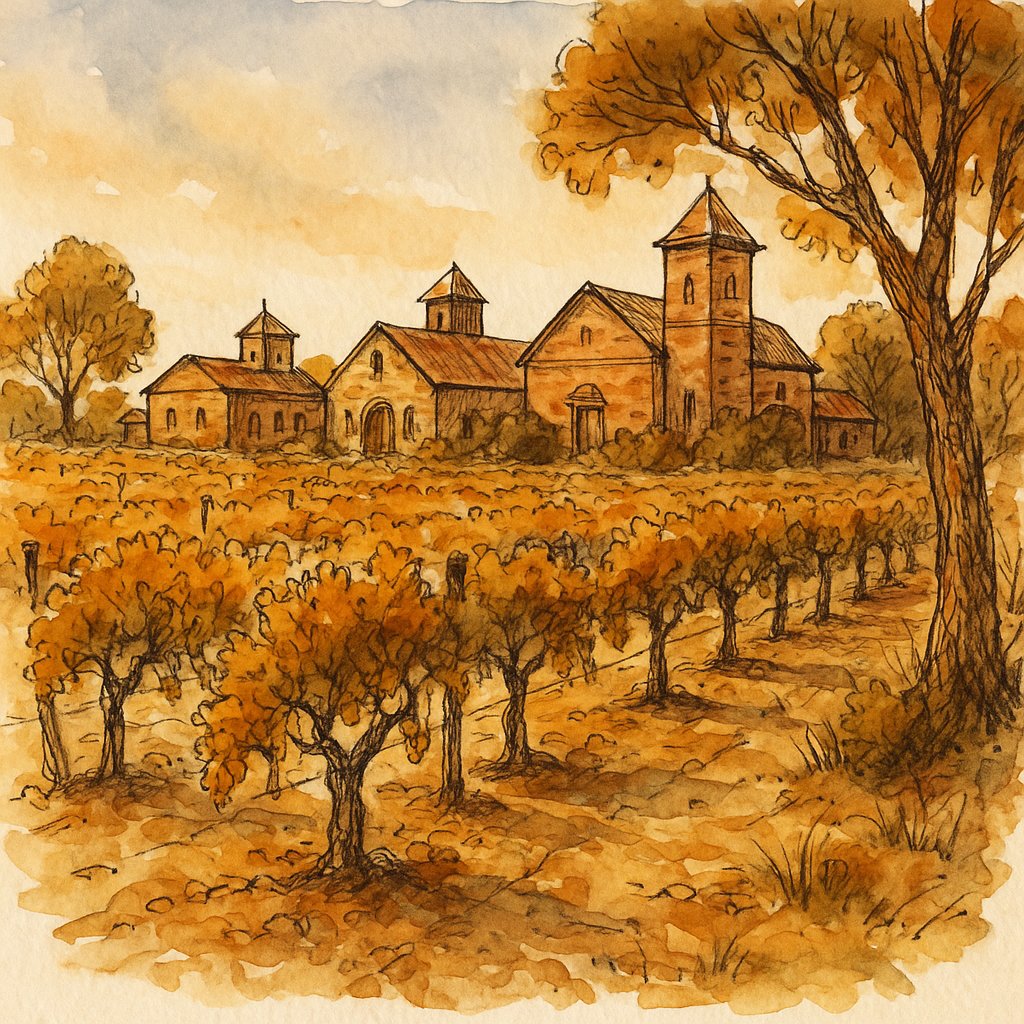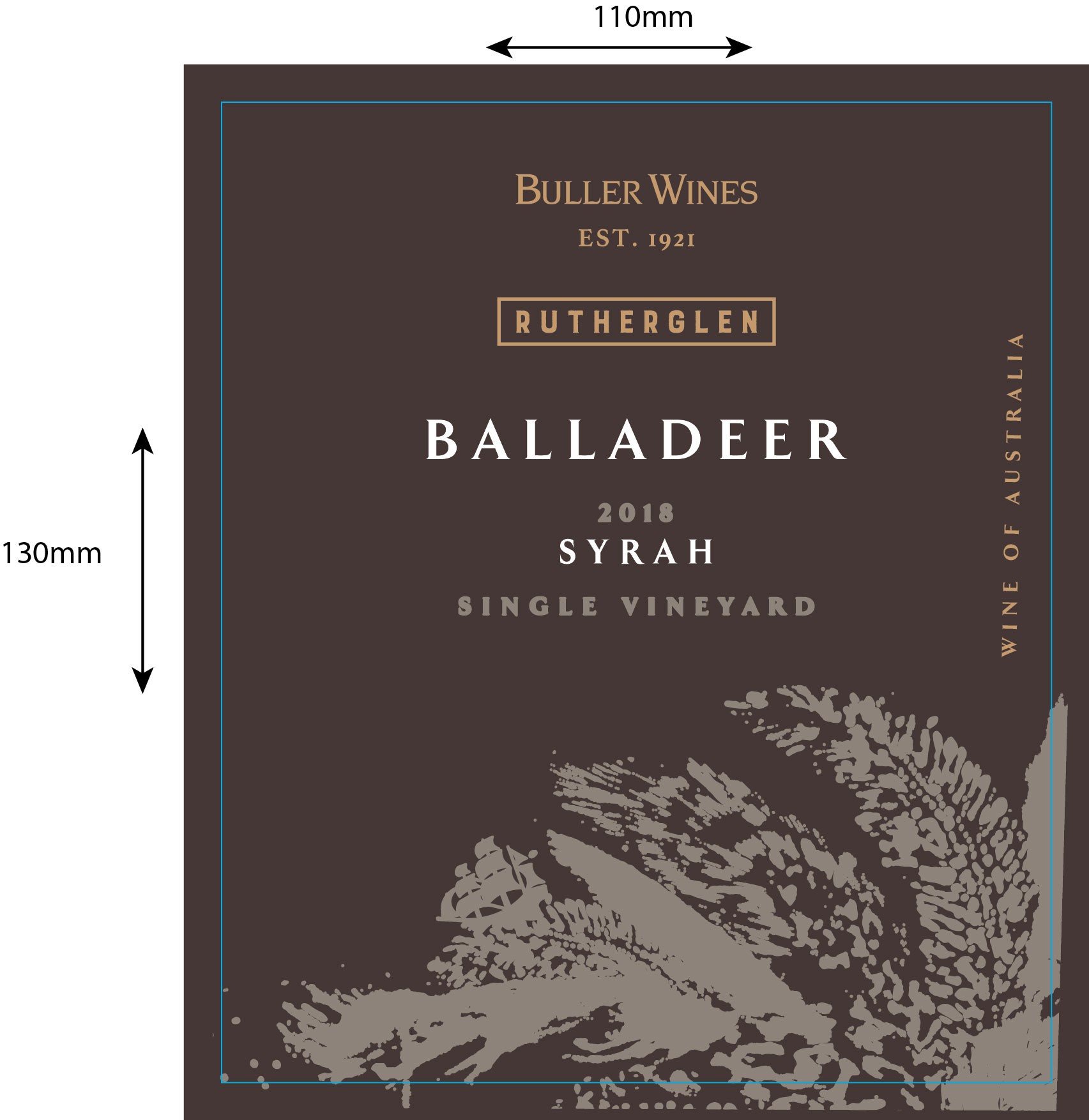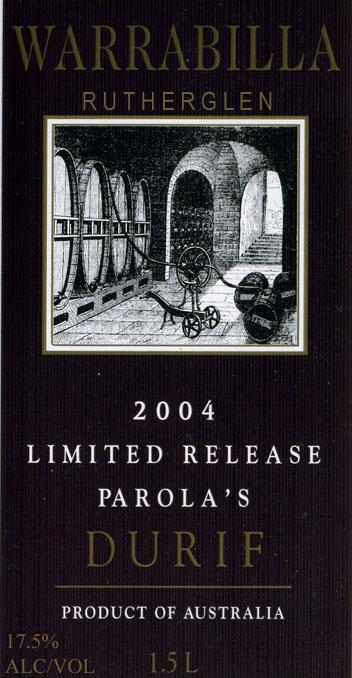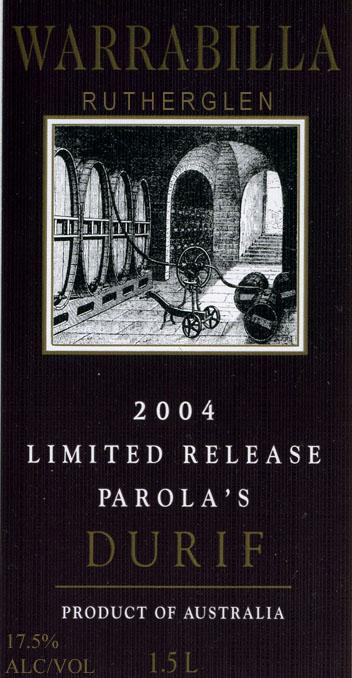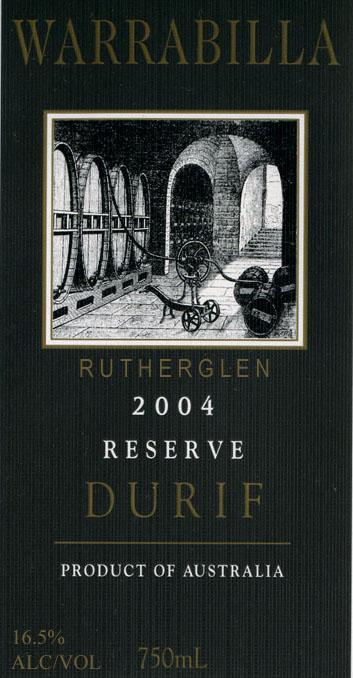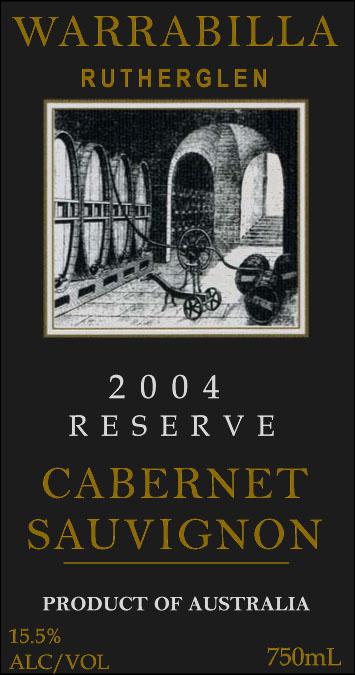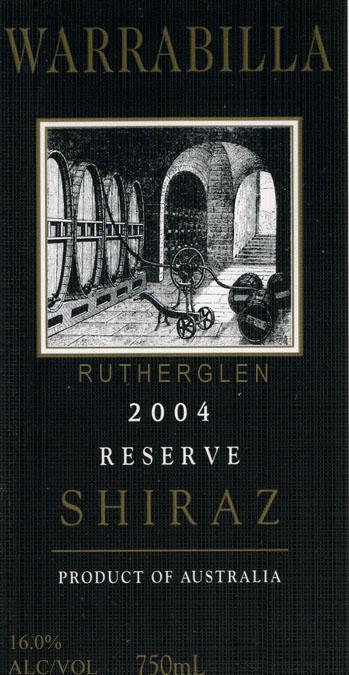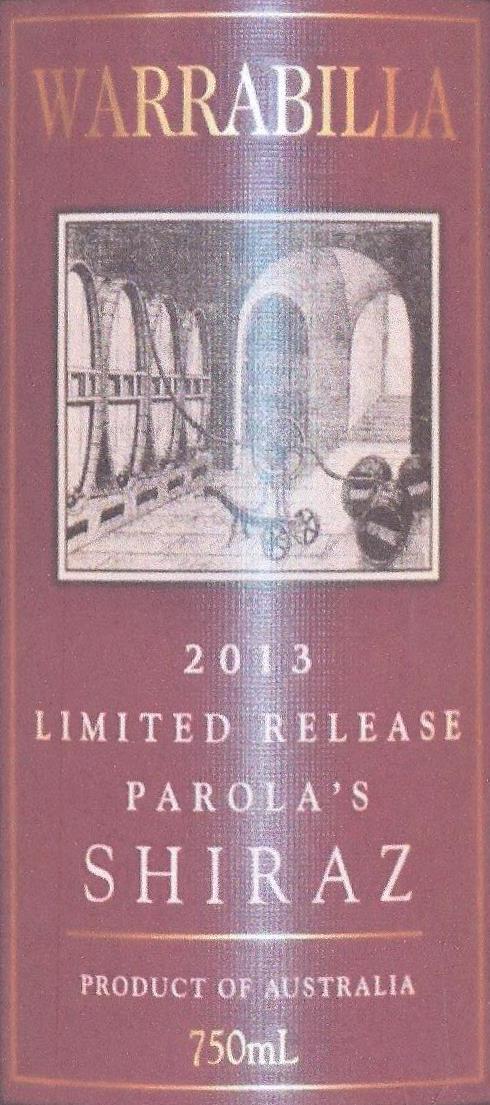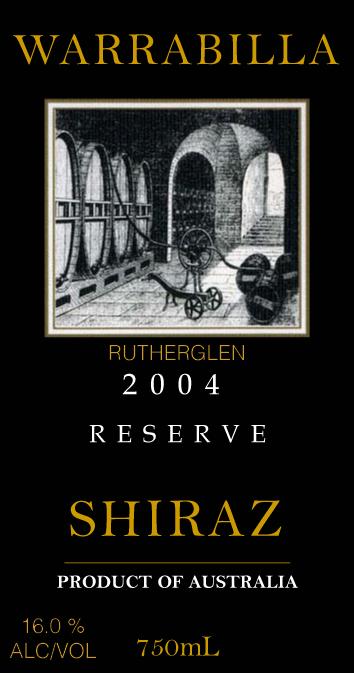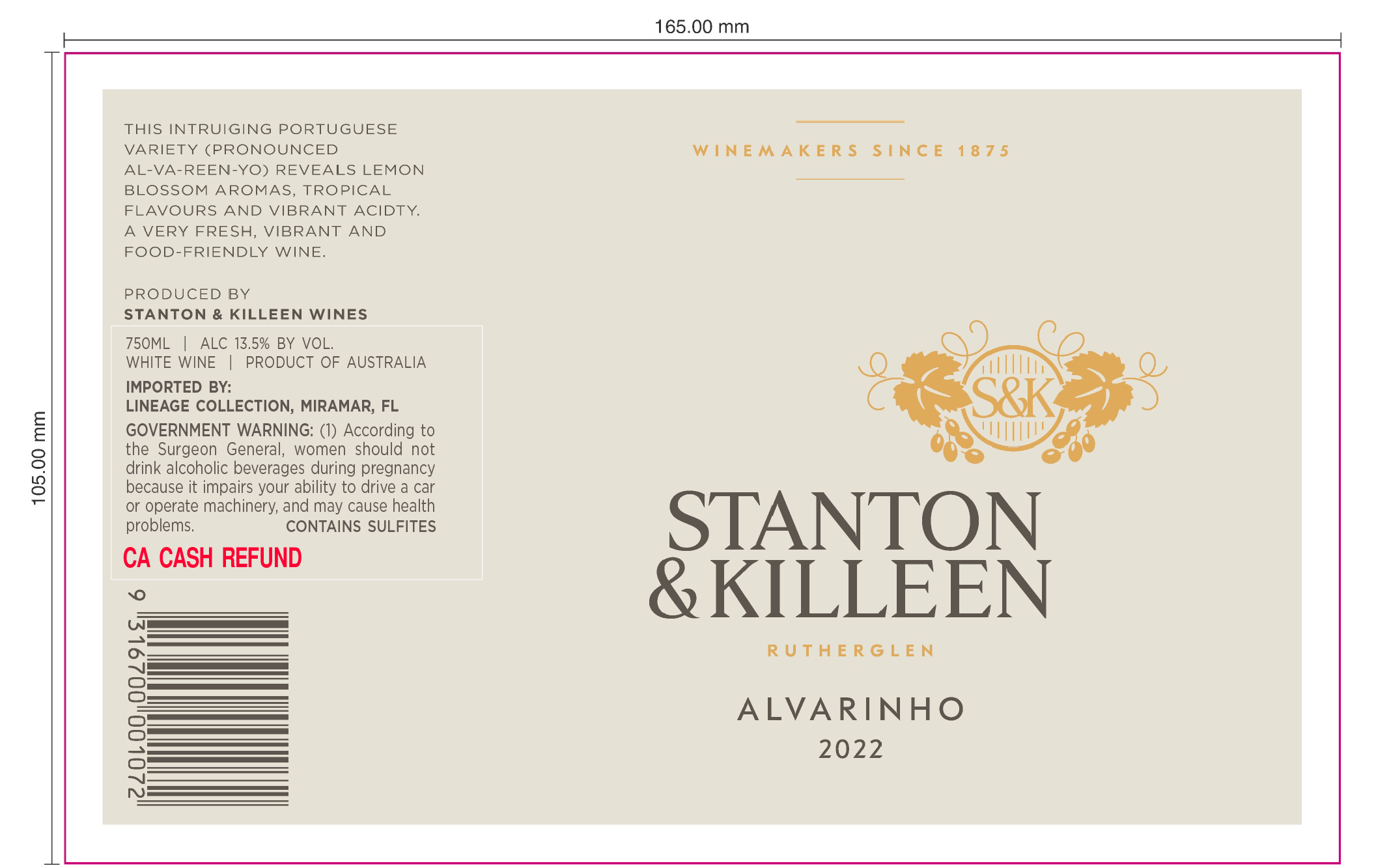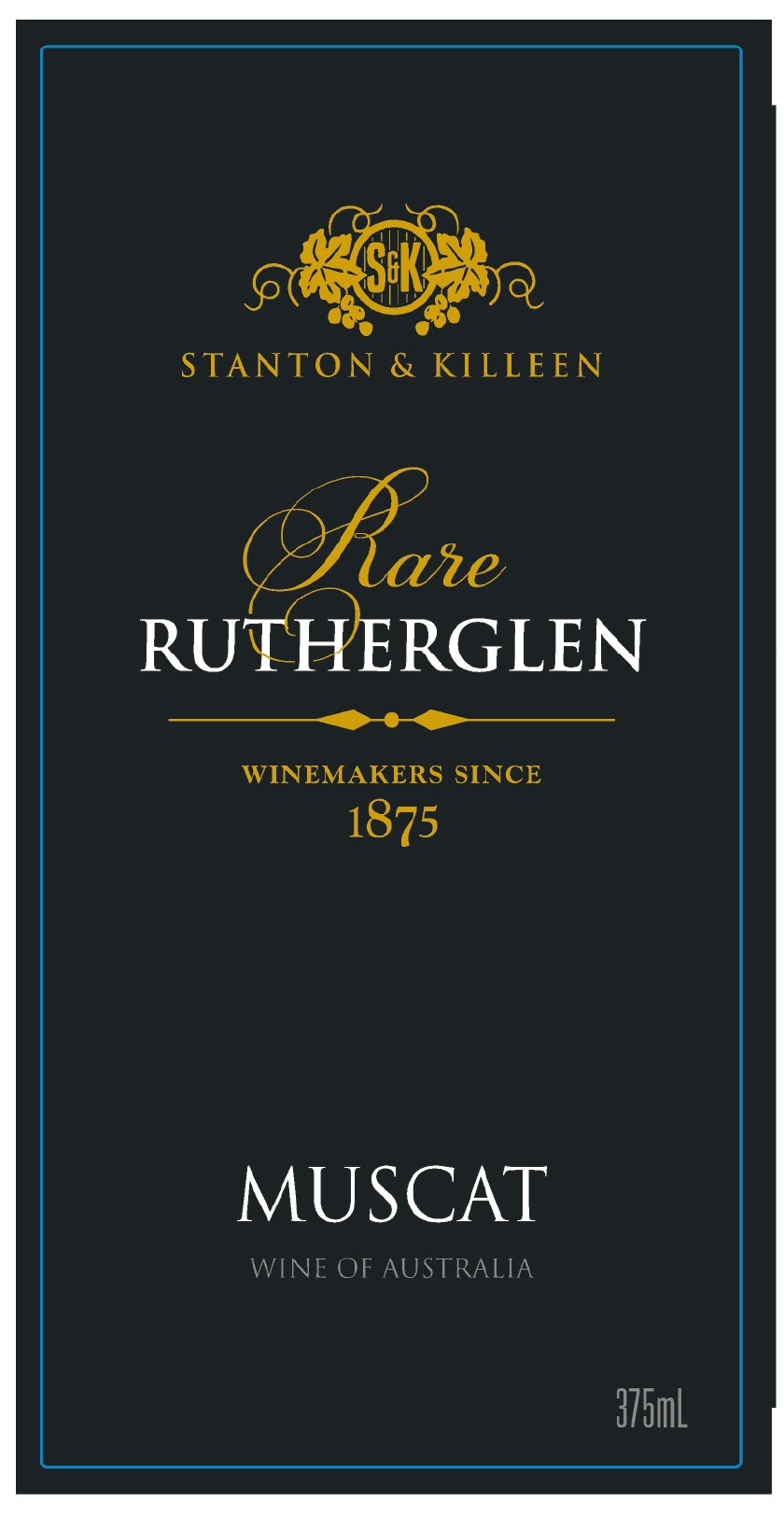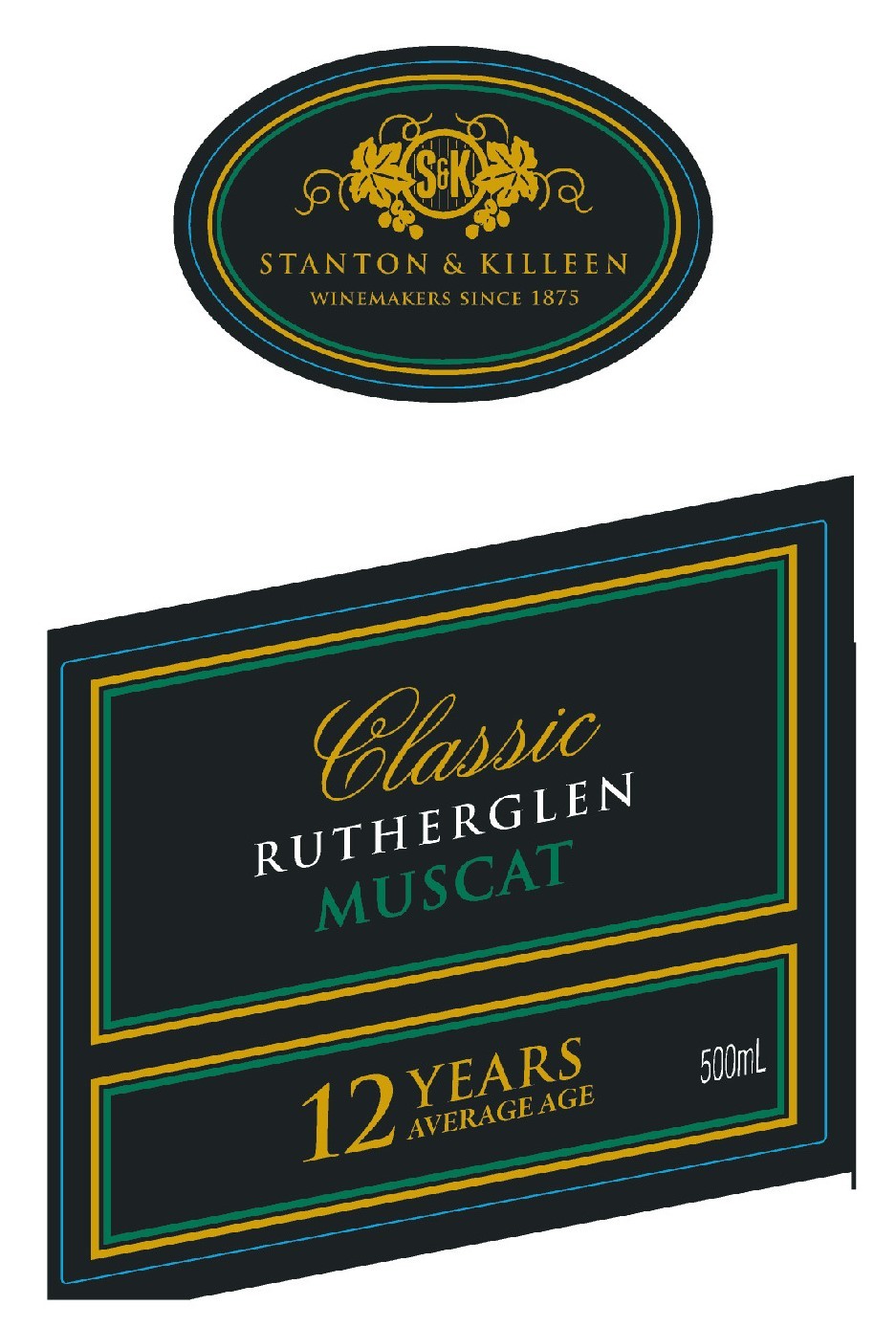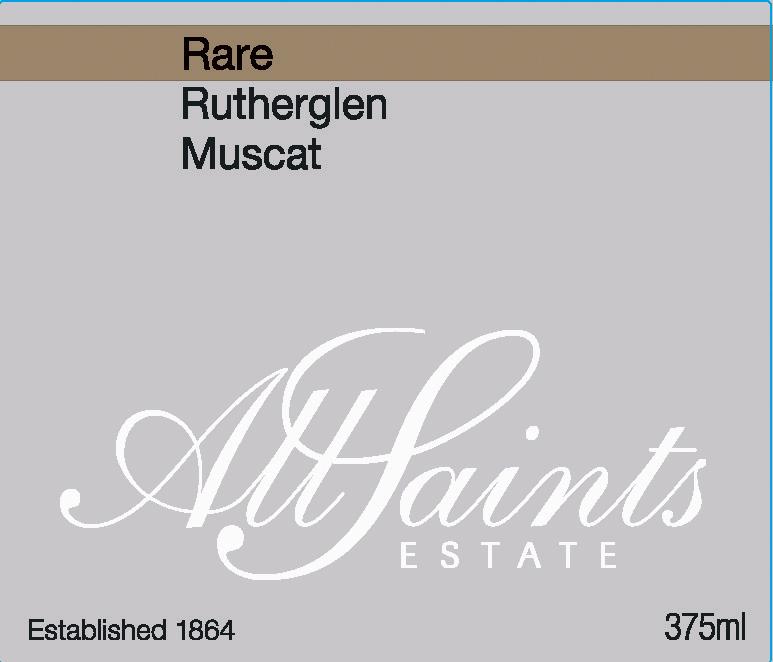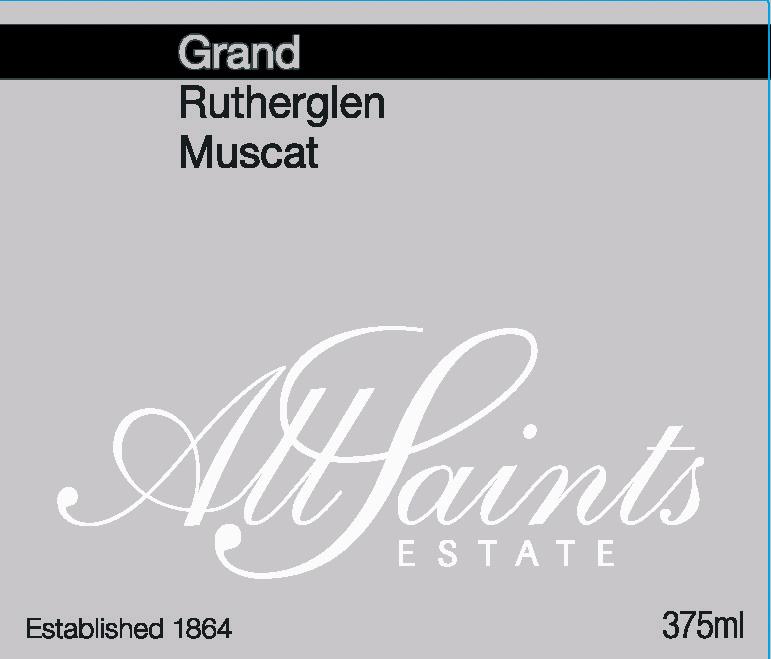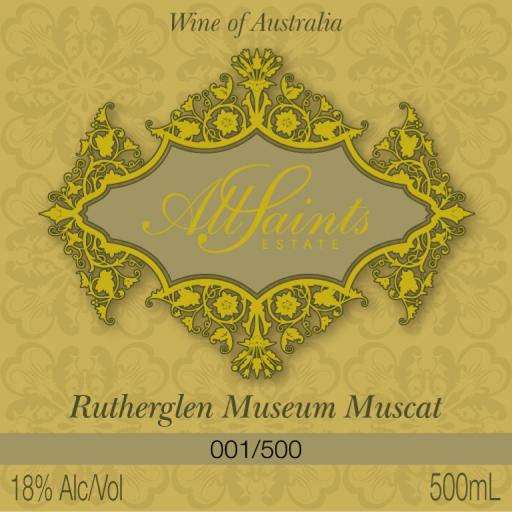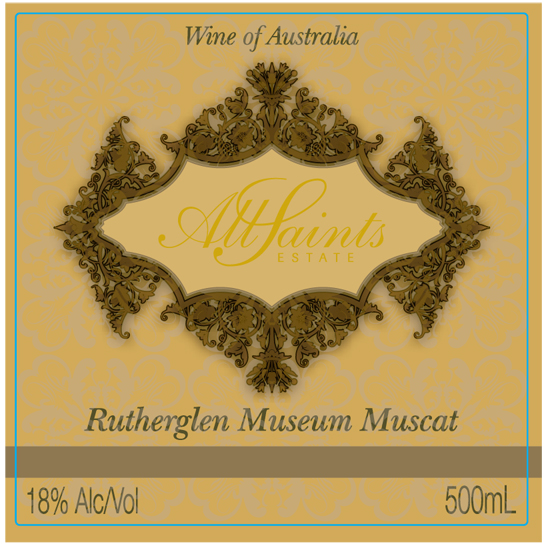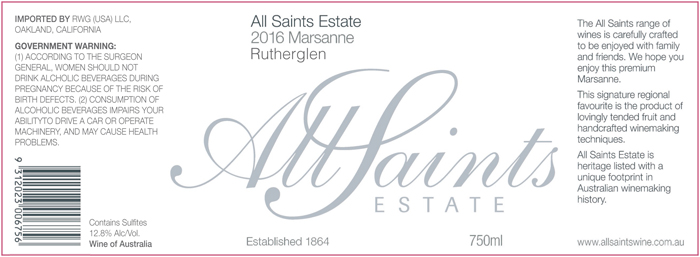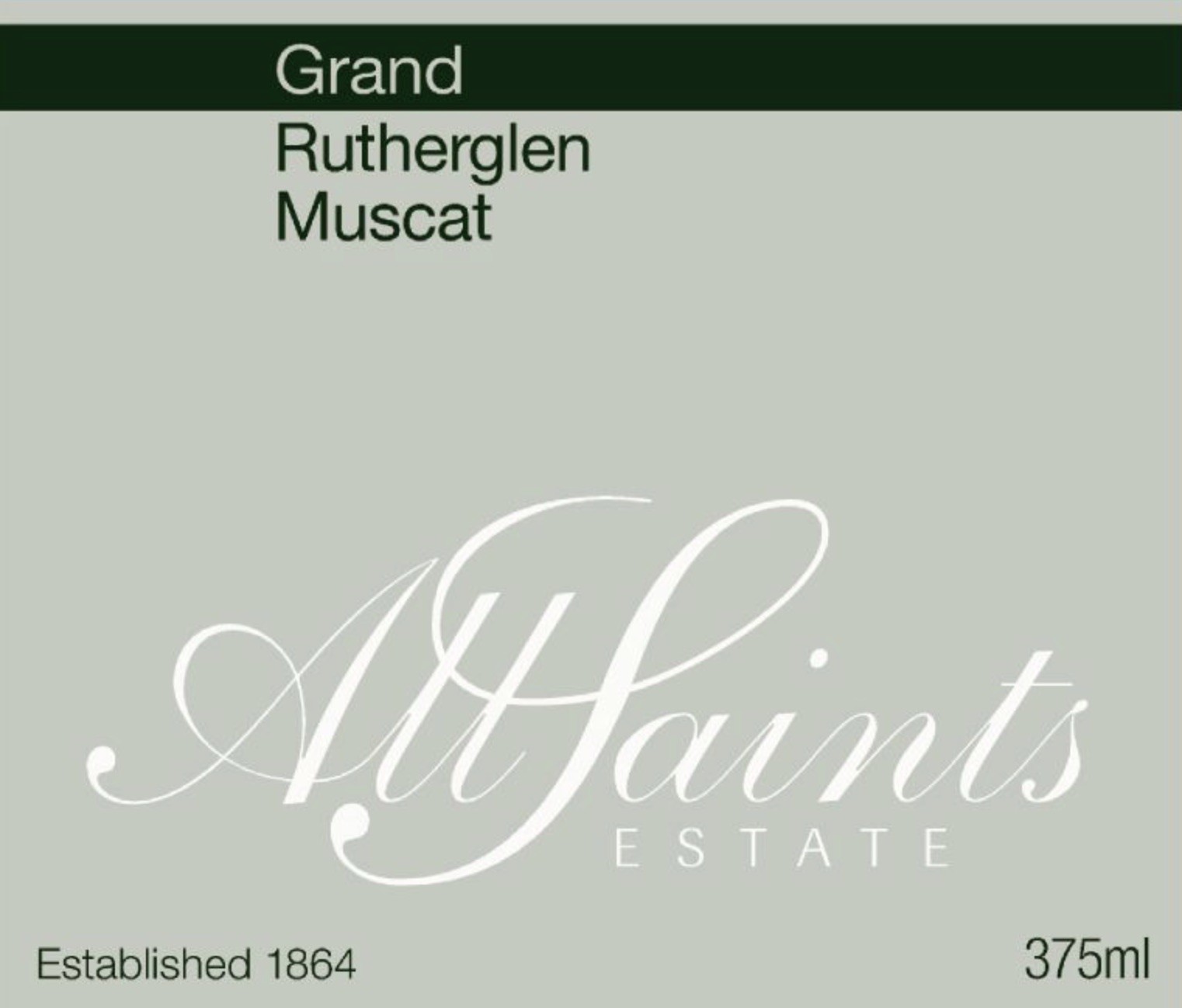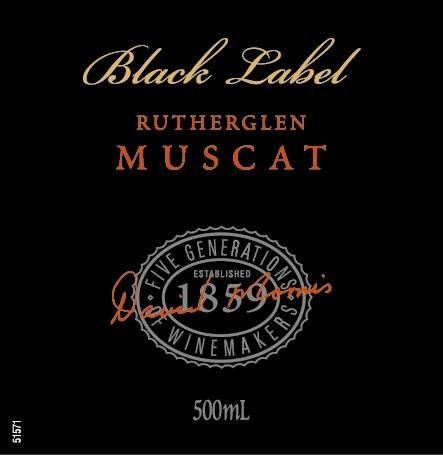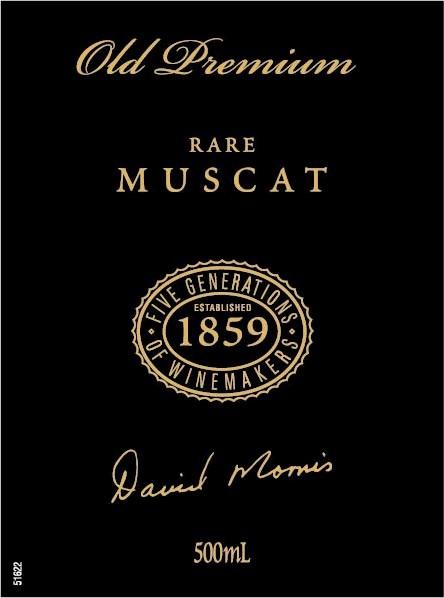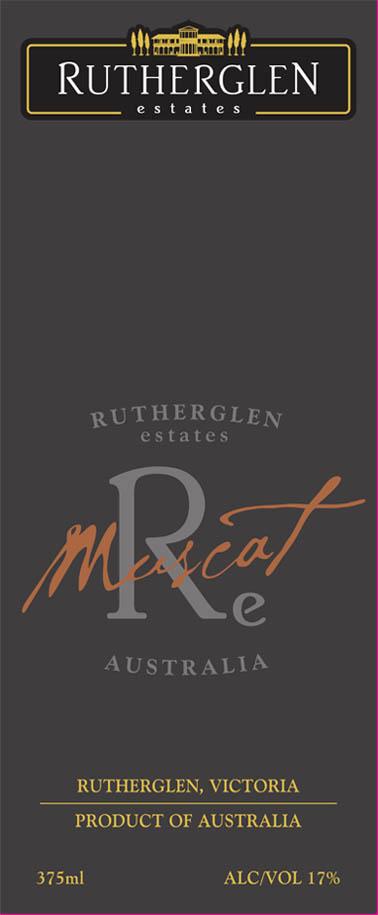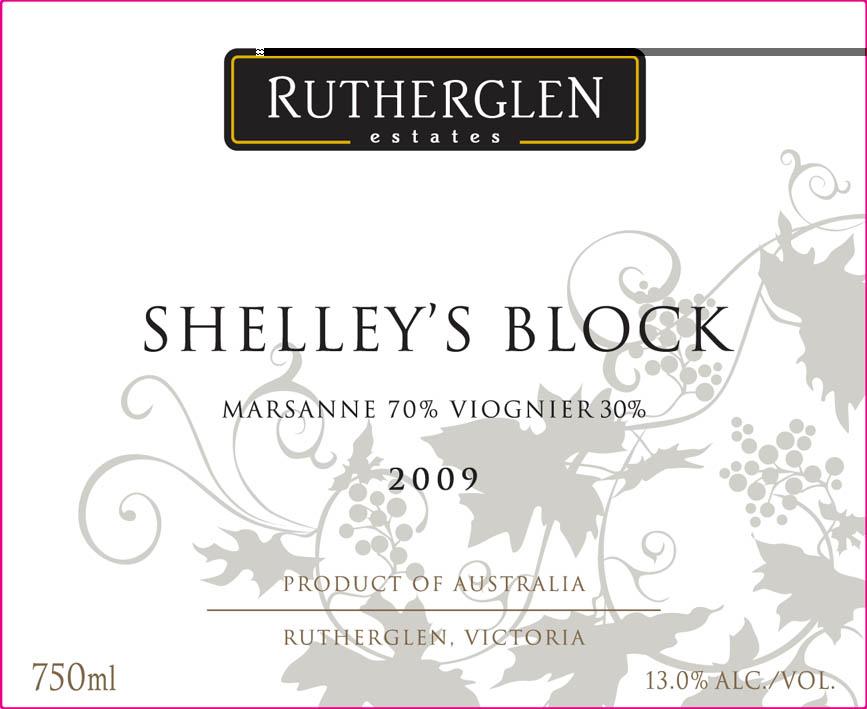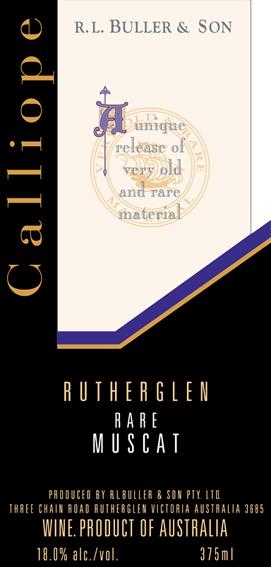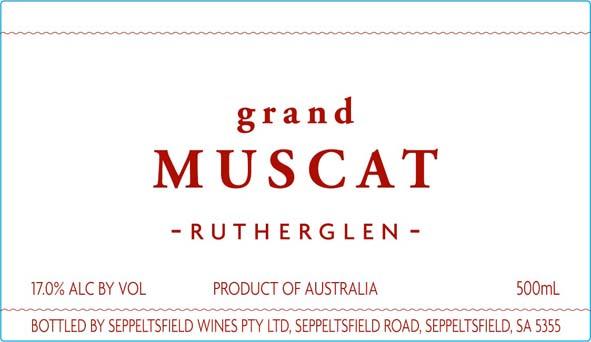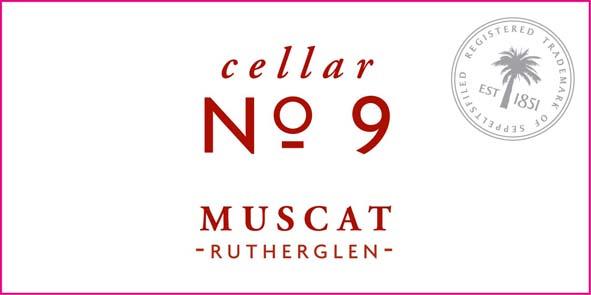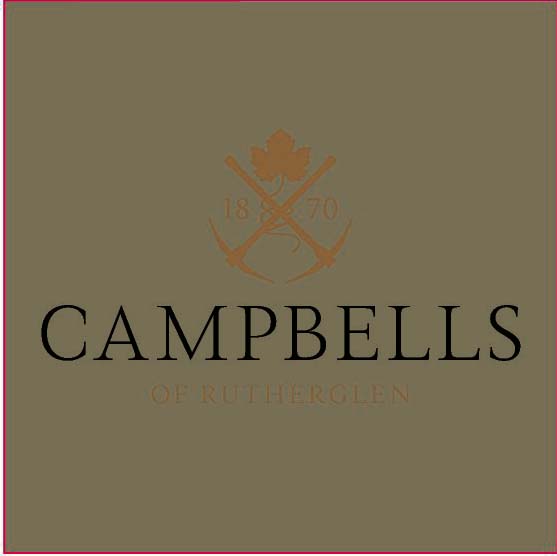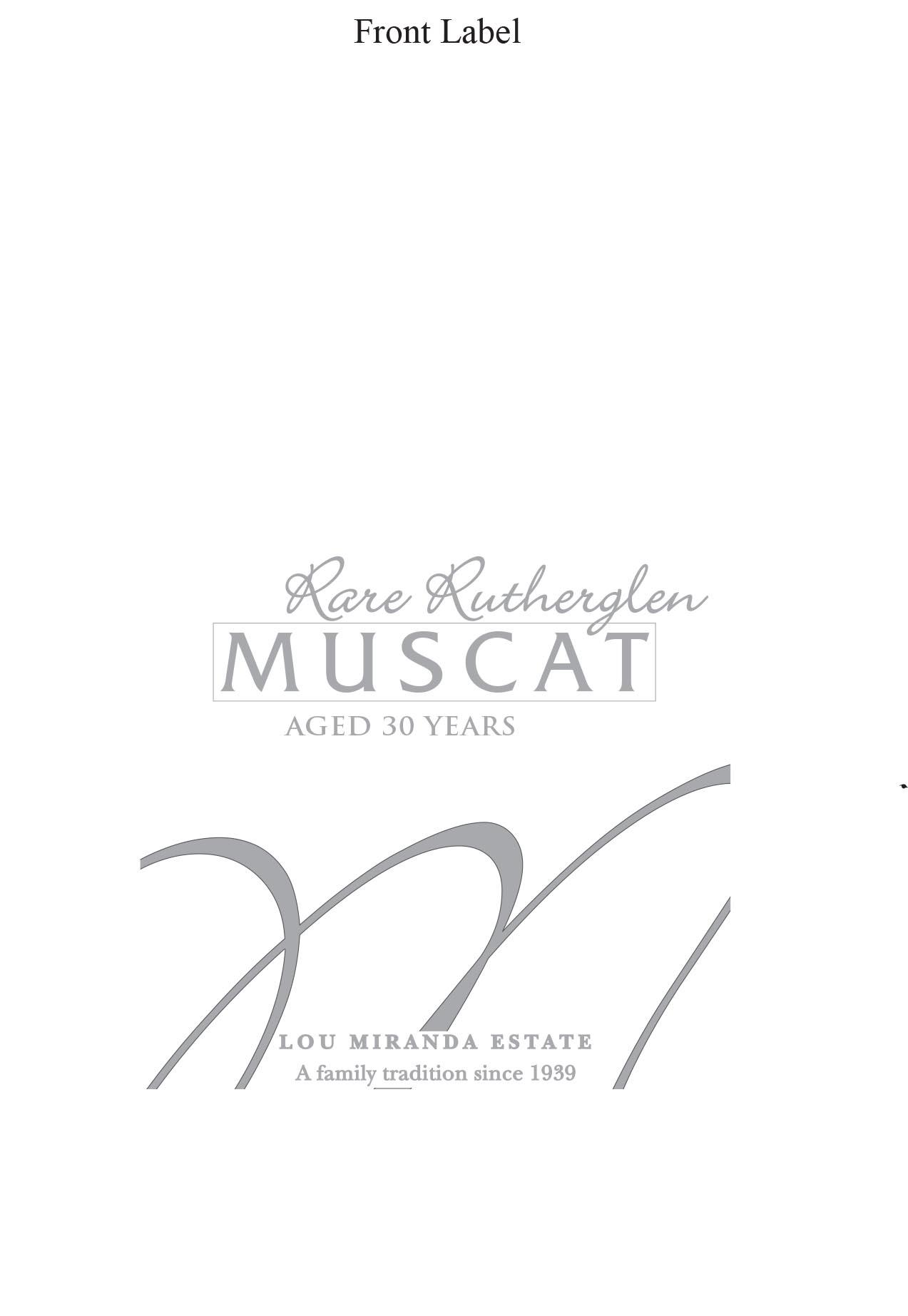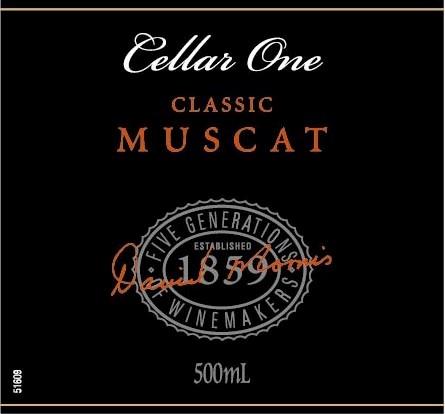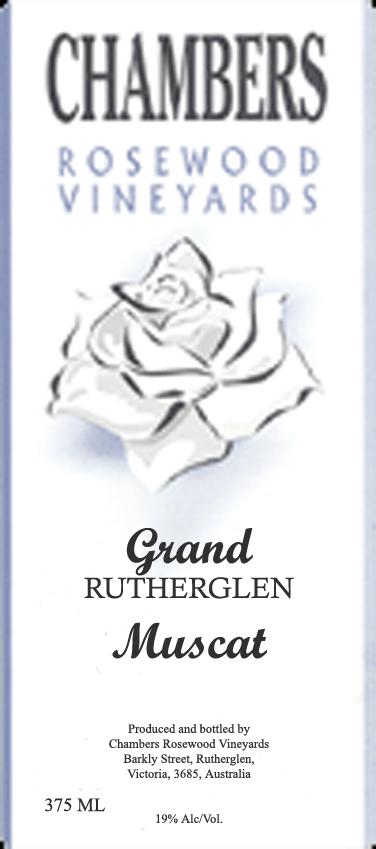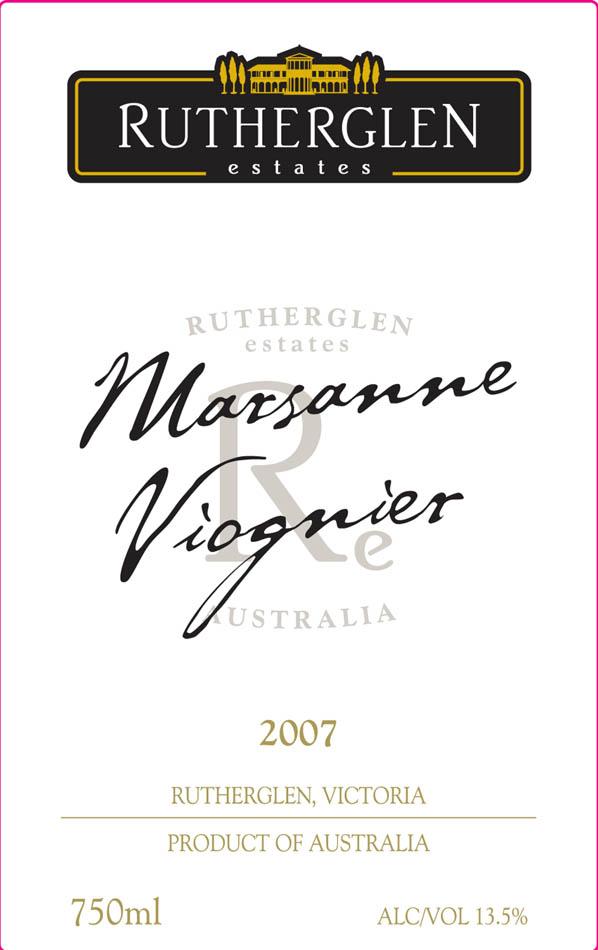Terroir of Rutherglen
Rutherglen's climate features a classic continental profile with long, hot summers often reaching 35–40°C and mild winters, creating ideal conditions for grape ripening. Situated around 36°S latitude and 130–180 meters elevation, the region benefits from intense sunlight, boosting the development of high sugar levels and rich flavors, essential for its renowned fortified and dry wines.
The soil varies from fertile red-brown loam over clay to gravelly loams on higher terraces, and lighter sandy loams near the Murray River. These differences provide unique vineyard traits, while irrigation is commonly used due to limited rainfall during the growing season. This blend of warm, dry climate and diverse soils results in concentrated fruit, contributing to Rutherglen's distinctive wine styles.
Notable Wineries in Rutherglen
Rutherglen, a historic wine region in northeast Victoria, boasts a rich tapestry of notable wineries known for their exceptional fortified and table wines. Here are some key producers:
-
All Saints Estate: Established in 1864, this iconic winery captivates with its castle-like architecture and a diverse selection of wines, including liqueur Muscats.
-
Chambers Rosewood Vineyards: A family-run vineyard since the 1860s, celebrated for traditional fortified wines like aged Muscat and Topaque.
-
Morris of Rutherglen: Renowned for high-quality fortified wines, also offering robust Shiraz and Durif.
-
Stanton & Killeen: Famous for Muscats and Tawnies, with a strong tradition in fortified winemaking.
-
Lake Moodemere Estate: Offers a warm cellar-door experience with classic house-style fortified wines.
-
Pfeiffer Wines: Known for handcrafted fortified and elegant table wines, offering a welcoming cellar-door visit.
Sustainable Winemaking in Rutherglen
In Rutherglen, winemakers are adopting sustainable practices to combat heat and limited rainfall, ensuring resilience against climate change. They optimize water use with drip irrigation and strategic timing, while enhancing soil health through cover cropping, mulching, and composting. These techniques help preserve the rich flavors of Rutherglen's renowned fortified and table wines.
Producers also reduce chemical use by implementing integrated pest management and participating in national sustainability programs to monitor energy consumption, emissions, and waste. Many vineyards embrace organic or biodynamic practices, minimizing synthetic sprays. In the winery, grape marc and wastewater are often reused or treated, and energy efficiency is boosted through modern technologies, including solar power. These efforts protect Rutherglen’s wine heritage while promoting environmental stewardship.
Wine Tourism in Rutherglen
Rutherglen offers a rich tapestry of wine tourism experiences, combining historic charm with scenic beauty. Visitors can explore historic cellar doors, such as those at All Saints Estate, where castle-like architecture meets wine heritage. This region is not only about tastings; many wineries blend their offerings with gourmet dining, featuring local produce and vineyard views.
The scenic setting enhances the experience, with the rolling vineyards and the nearby Murray River providing perfect backdrops for picnics or leisurely strolls. Cycling routes and walking trails connect the wineries, inviting exploration through native landscapes. Rutherglen's vibrant wine festivals and events add to the allure, celebrating its artisanal spirit and gold-rush history. Together, these elements create an immersive environment that highlights the region's renowned wines and its commitment to sustainability.
